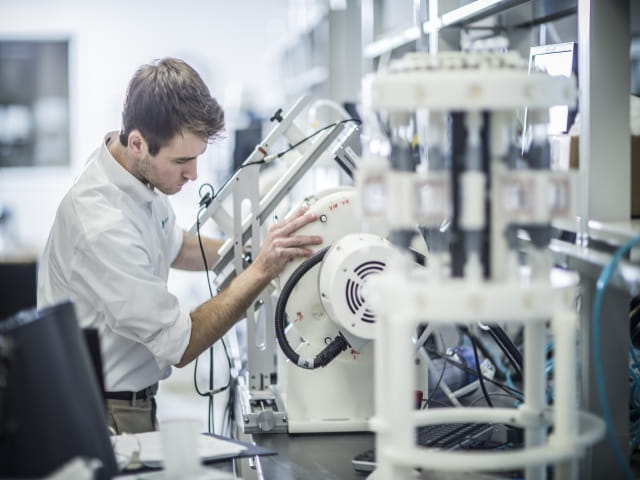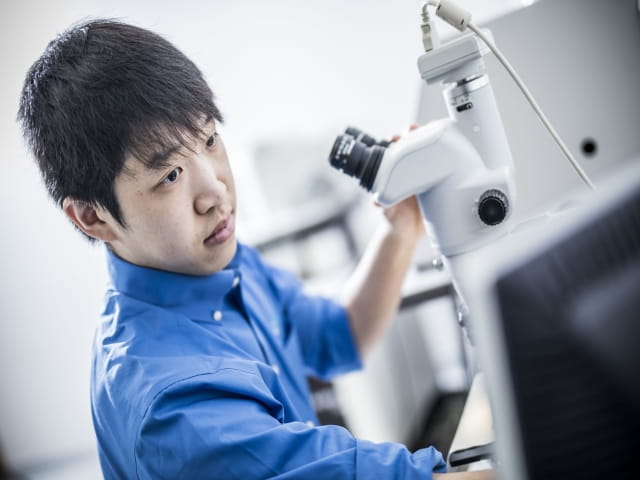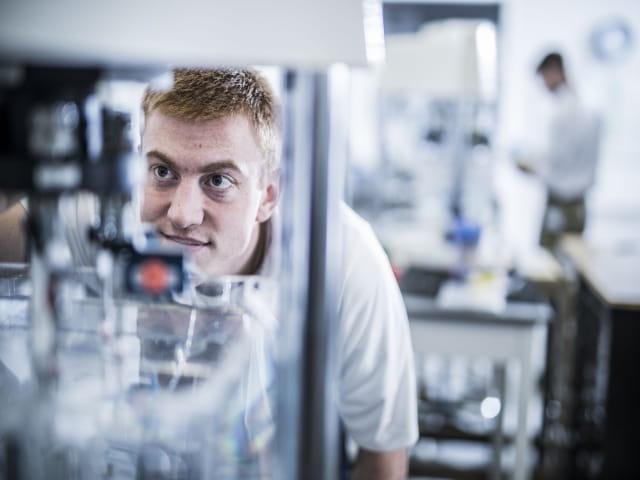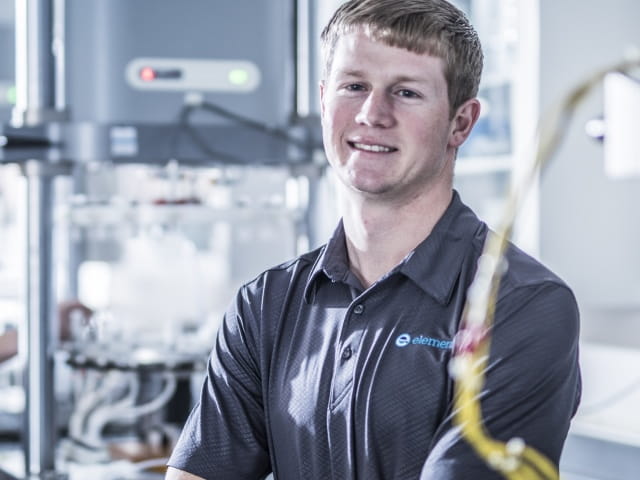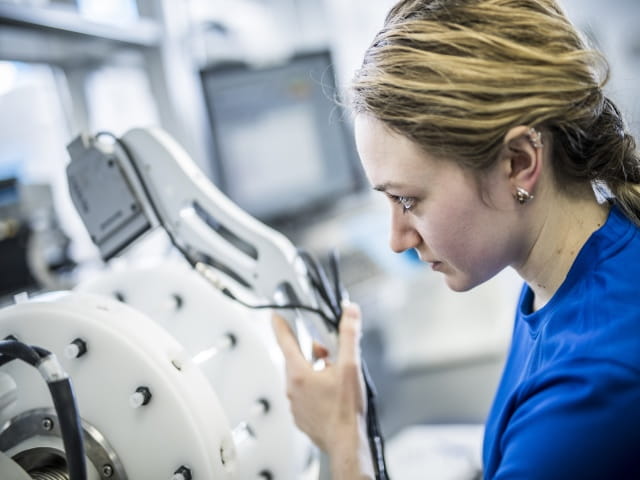Abdominal Aortic Aneurysm (AAA) Testing
Aortic aneurysm is a focal dilatation of the aorta at least 150% of its normal diameter. The natural progression of an aortic aneurysm is enlargement and rupture. The risk of rupture of an untreated aortic aneurysm is a function of its size with the rupture rate increasing with size. The major objective of treating patients with aortic aneurysms is to prevent the aneurysm from rupturing and subsequent death.
The legacy open repair procedures require accessing the aneurysm through an operation and suturing a prosthetic graft in place. This procedure has carried a high rate of subsequent illness of the patient and/or mortality. Since patients with aneurysms are generally elderly, they often have other complicating medical conditions that increase their operative risks.
In recent years, endovascular aneurysm repair with endoluminal placement of a stent graft has provided an alternative to surgery with less morbidity and mortality, and faster recovery. The main concept of this technology is repair of the aneurysm by insertion of a device through remote arterial access sites to avoid the open surgical repair.
Early devices were basically straight tubes made up of a stent scaffold with a sheath sewn to it. As the technology progressed, the designs were expanded to include a bifurcated inverted "Y" scaffold with a corresponding sheath(s) attached. Depending on the design, the device might have one or two legs.
The Challenge
AAA Devices are much larger than their smaller coronary cousins both in diameter and length. For this reason, a larger test instrument and mock arteries are required. Additionally, the strains experienced in-vivo may include bending as well as radial dilation. The challenge is to replicate these strains in vivo using existing tests instruments or components of existing test instruments.
The Solution
The Model 9020 Series Test Instruments owned by Element were designed with straight AAA devices in mind. They accommodate larger mock artery diameters and length, and will push greater fluid volumes to achieve the radial strain levels of up to 9%. Simulating the bending strains often involved in AAA indications requires a different approach. We use a system that has been modified to perform pulsatile bending in a bent condition. This system performs radial pulsatile fatigue on a specimen that has been bent 180 degrees.
Not unlike peripheral vascular devices, repeated bending strains can be more dominant than radial fatigue strains. In these cases, special fixturing may be needed to impart the strains due to bending. Figure 4 below shows a test fixture developed by MDT engineers that can be fitted to either a Bose ElectroForce 3300 or an Instron ElectroPuls Test Instrument. The fixture features a multi-station lower platen outfitted with the appropriate aortic fittings, as well as an upper manifold outfitted with the appropriate iliac fittings. The testing fixture is lowered into an environmental chamber filled with temperature-controlled saline. The fixture can accommodate up to 12 specimens and can be run at frequencies up to 40Hz.
Conclusion
AAA Intravascular Devices represent a promising new approach for treating AAA disease. Due to their larger than traditional sizing when compared to coronary devices and their indication for areas of the body where there is considerable bending, AAA devices are challenging to test. After years of experience testing many types of medical devices, Element engineers have learned to adapt the various pieces of equipment in our inventory to virtually any test application, and the examples shown above show only a sampling of our capabilities.
Find related Resources
